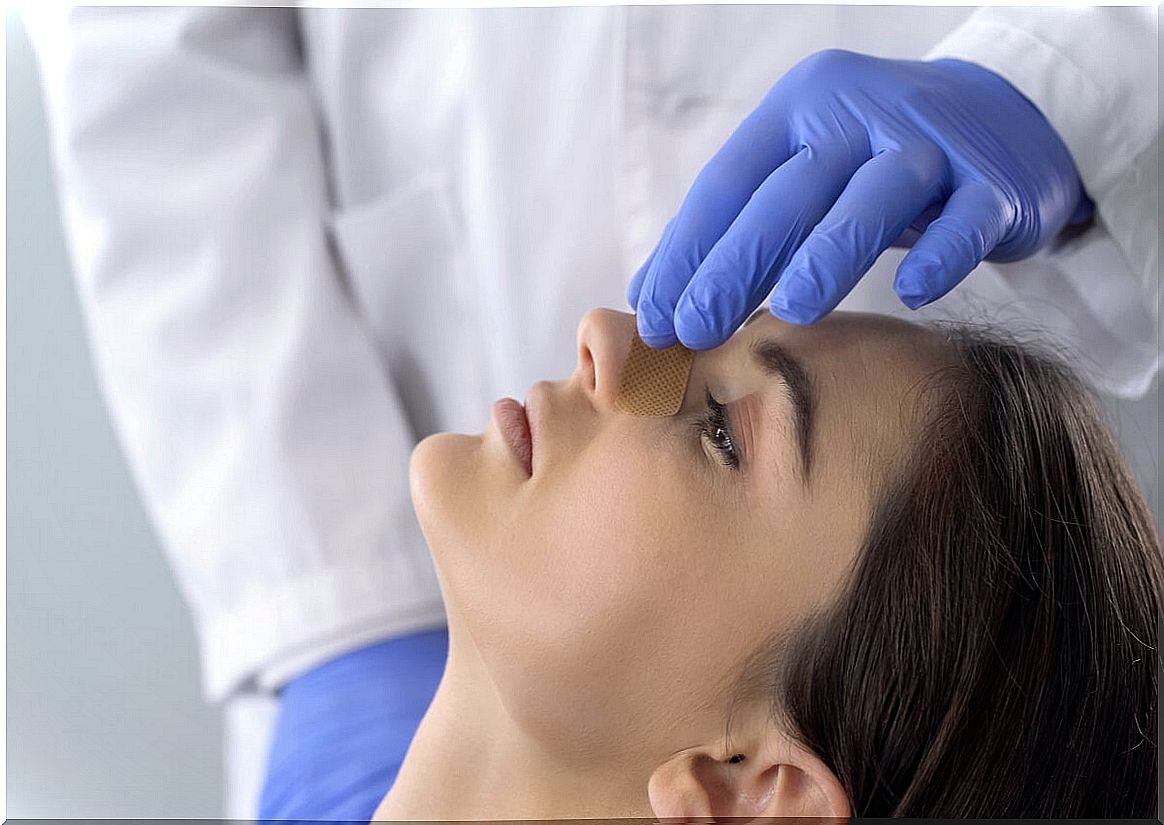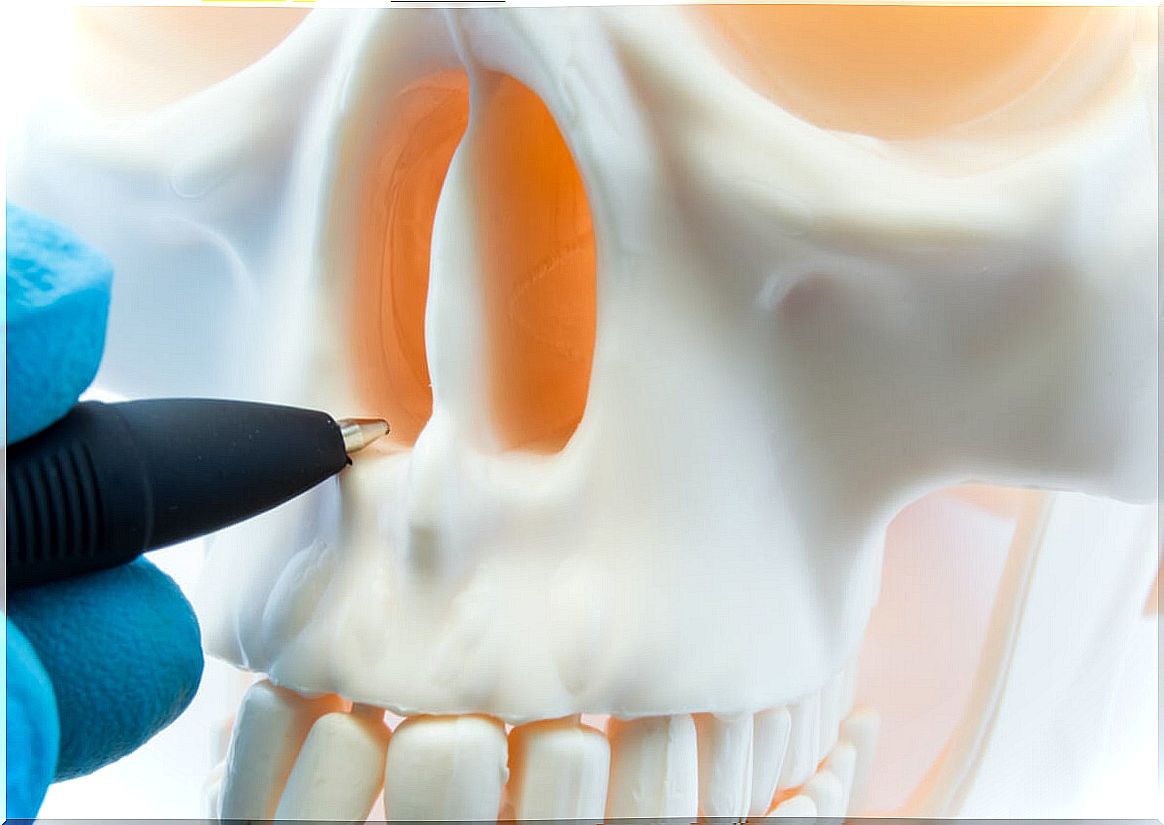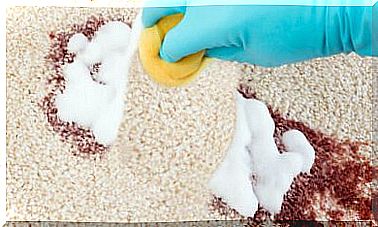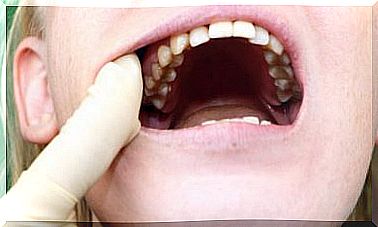Septoplasty: What It Is
Septoplasty is a surgical procedure performed to correct the position of the nasal septum. It is necessary to perform it, since this anomaly can cause different health problems.

Septoplasty is surgery to repair the nasal passages and make breathing easier. It is an operation that is generally performed on patients with a deviated septum, recurrent rhinitis, or sinus problems.
Septoplasty is also known as septal reconstruction . It must be clarified that it is not an aesthetic procedure, because although it generates a change in the shape of the nose, the objective of the intervention is not to improve the appearance, but to avoid health difficulties.
What is Septoplasty?
Septoplasty is a corrective surgical procedure to straighten deviated septa. The septum should be in the center of the nose; If it is not aligned correctly, one of the nostrils runs the risk of narrowing, impeding the normal flow of air causing difficulties in breathing.
The presence of a non-aligned nasal septum is known as septal dysmorphia . It is an alteration whose origin can be congenital or acquired. In the first case, it is the product of intrauterine compressions, birth trauma or alterations in craniofacial development. In the second, it is due to trauma or impaired harmonic growth.
Nasal deviation can cause obstruction, predominantly oral breathing, predisposition to sleep apnea, and a dry mouth sensation. It is a problem that is usually caused by allergies or narrow nasal passages.

How is this intervention carried out?
Septoplasty is done under general anesthesia in most cases. It is an outpatient operation, that is, it does not require prolonged hospitalization.
The patient who is going to undergo this intervention is placed face up, on the stretcher. Your head should be elevated above your torso, about 30 degrees.
The procedure begins with vasoconstrictive and anesthetic infiltrations in the septal mucosa to allow a correct dissection between the cartilage and the bone. Then the mucosa, which is the inner lining of the nose, is lifted. In this way, the tissues that must be remodeled are exposed.
Sometimes it is necessary to remove small pieces of bone and cartilage. What follows is to put the mucosa back in place and close with suture. A nasal plug is usually left in for 48 hours so that bruising or bleeding does not occur.
Differences between septoplasty and rhinoplasty
Generally speaking, any surgery on the nose is called a rhinoplasty . However, septoplasty and rhinoplasty are not the same, while the former aims to correct a dysmorphia of the septum and nasal wall; the second seeks to modify the shape of the nose.
Rhinoplasty is an operation that modifies the external nasal structure, improving its aesthetic appearance. Although in some practices it can help the correct functioning of the nose, this surgery does not have that specific purpose. In conclusion, the main difference is that while rhinoplasty is an operation of medical origin, rhinoplasty is of aesthetic origin.
Before and after surgery: what to consider?
To have a septoplasty, you should talk with your doctor about how to prepare and what risks it may involve. You should have your medical history on hand to answer the professional’s questions about the conditions you have had.
Your doctor will perform a physical examination in which you will examine the inner and outer skin of your nose. Photographs may be taken to serve as a reference during the procedure that you need to practice.
Before this surgery, it is not recommended to consume medications such as ibuprofen or aspirin, as they could increase bleeding. If you are a smoker, they will ask you to stop smoking days before the operation. The previous day you should not eat in abundance or drink alcoholic beverages.
After the operation you should consider the following:
- Rest with your head slightly elevated.
- Avoid blowing your nose for a few weeks.
- Wear garments that close and open in the front or behind so as not to slip them over the head.
- Do not do strenuous activities, such as aerobics.
- Eat not very hot food and avoid alcohol.
- Do not smoke for the first few months.

Recovery from Septoplasty
It is normal to feel mild swelling in the face, headache and nasal obstruction during the first day after septoplasty. The discomfort is usually mild during recovery and is easy to control with oral pain relievers. Congestion tends to go away within a week.
In general rules, they will tell you to rest all day after surgery. To help relieve swelling, cold compresses can be used on the face, without wetting the nose. During the first 24 hours you should not take baths or showers. To clean the area you must follow the instructions that they will give you before registering.
If you have trouble breathing, severe nosebleeds that won’t stop, pain that won’t go away with painkillers, high fever and chills, disorientation, or a stiff neck, you should call your doctor or go to the hospital.









